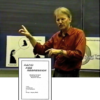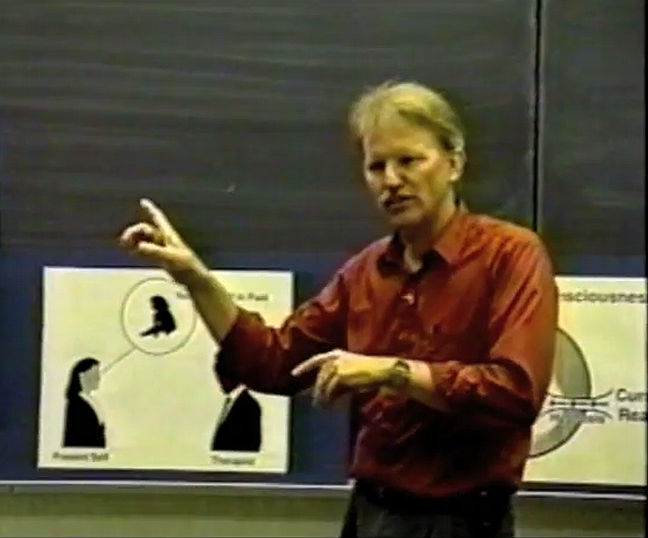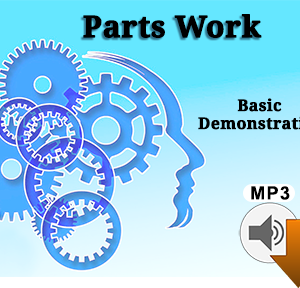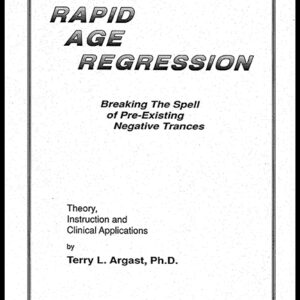Rapid Age Regression Seminar
$45.00
Type : Streaming: Three (3) mp4 files
Description
Part 1: An introduction to the clinical approach
Introduction to the model and technique
Using diagrams and lecture, Dr. Argast provides an easy to understand foundation of the clinical model and a description of the steps in using the technique. (50 minutes)
Demonstration 1
This segment demonstrates the basic technique and how to focus a client on their feeling when the feeling is vague. It also illustrates how to deepen the experience by going back to other times when the subject had an experience in the past that is connected to the target feeling. (27 minutes)
Demonstration 2
This section demonstrates the use of revivification as a way to focus the subject on the feeling. It shows how the feelings can change naturally, how sometimes certain feelings are off-limits, and the importance of facilitating an internal dialogue between the conscious and unconscious. This segment has a unique element of showing how to create post-hypnotic suggestions to deal with issues that cannot be dealt with at the time of the session itself. (33 minutes)
Part 2: To deepen your understanding and refine your skills.
Demonstration 3
An excellent example of age progression and “Updating” the unconscious. This segment demonstrates how an issue from the past can impact the present. It shows how experiences throughout a person’s life are associated, deepening and reinforcing the pre-existing negative trance. (41 minutes)
Demonstration 4
This example shows how easily the therapist can switch between the present and the past to get information from the client, yet still maintain rapport. This demonstrates the subject “collapsing” into the intense feelings of the younger self and illustrates strategies of how to provide positive suggestions that will deal with the upsetting affect as well as the fixed ideas that are connected to self-identity and the view of the outside world. (35 minutes)
Demonstration 5
In this example, the subject is dealing with a flashback that had recently emerged. It illustrates the dynamics of resistance when there is internal enmity between the conscious and unconscious and how this resistance can be a significant roadblock to therapeutic progress. The demonstration also provides some distancing techniques to help the unconscious get closer to the emerging trauma. The fixed ideas and issues of the unconscious are the clearest in this example, illustrating the importance of addressing the identified concerns and showing the method and the results of connecting the unconscious to the body. This demonstration concludes with a follow-up segment where the subject reports on the impact of the intervention after several months. (53 minutes)
Part 3: To facilitate the transition in applying these techniques to clinical practice by demonstrating how this is used in two therapy sessions.
Demonstration 6
This segment shows the first time this intervention had been done with this dissociative client. It illustrates internal unconscious confusion and resistance to moving closer to sensitive material, as well as the imagery techniques to deal with the resistance. The demonstration shows how certain symptoms are directly connected to past events and how they can be associated with different events. Some typical fixed ideas will be depicted, illustrating their importance in influencing the unconscious. The demonstration provides an effective example of a “rescue” imagery, common in trauma situations, that acts like a hypnotic suggestion. (42 minutes)
Demonstration 7
This segment is taken from a therapy session with a multiple personality client, where an ego state externalizes a deeper issue. The demonstration illustrates how to balance the issues from the present with those from the past. It shows how to listen for key clues to how to formulate the intervention. With this particular client, unconscious dynamics are exceptionally clear, depicting all the elements of the other demonstrations (resistance, fixed ideas, rescuing, association of experiences, flood of affect, putting experiences together, reliving trauma, updating, internal enmity, integration, coming into the body and setting the stage for future work).





